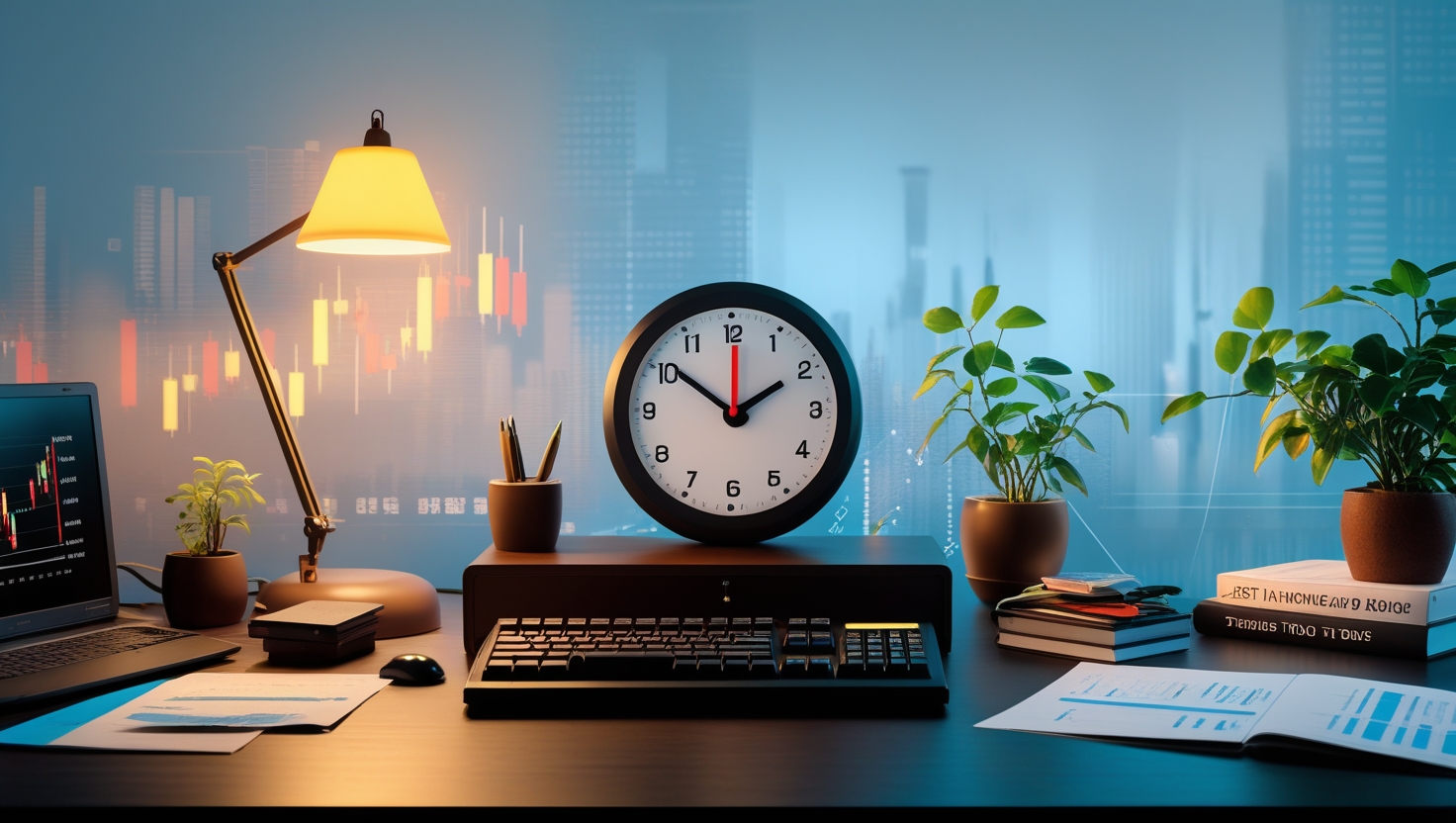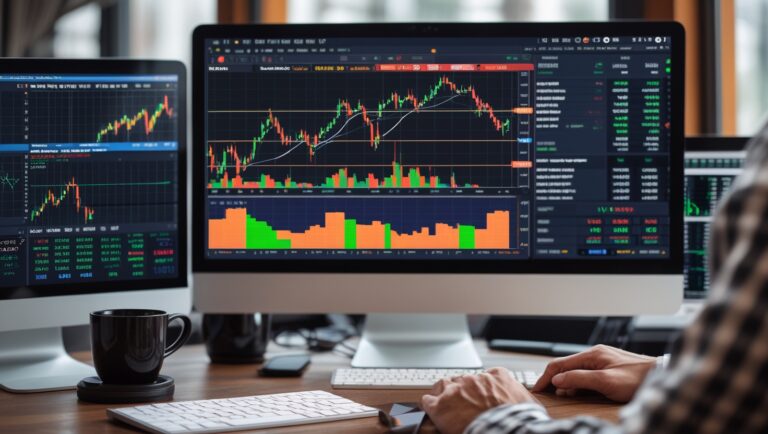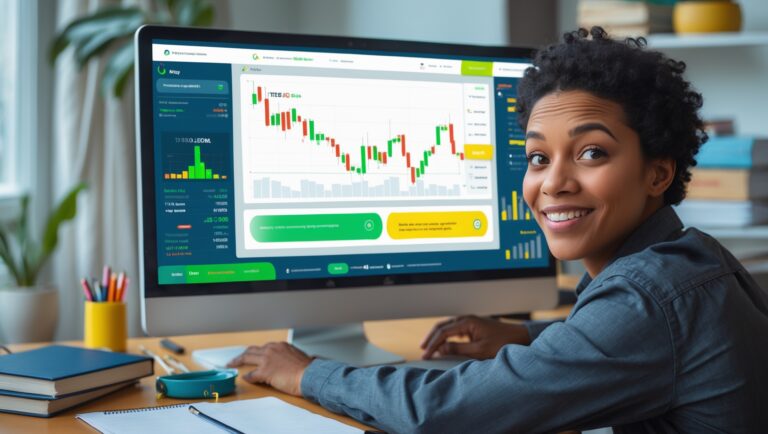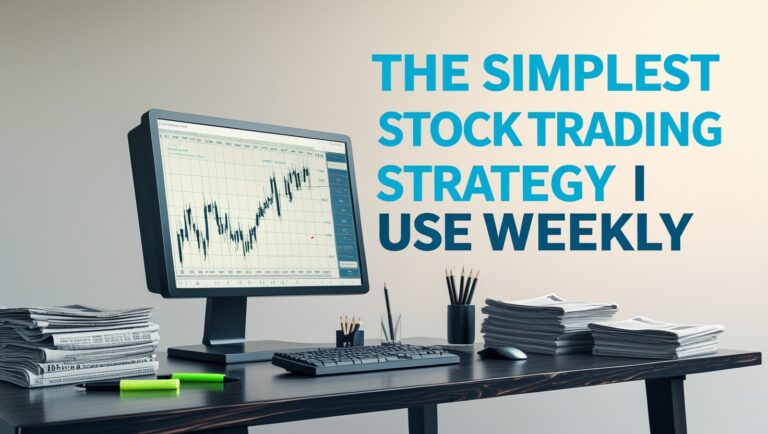What to Focus On If You Can Only Trade One Hour a Day
What to Focus On If You Can Only Trade One Hour a Day
Trading Doesn’t Have to Take All Day
When I first started, I thought I had to be glued to the screen from 9:30AM to 4PM just to make a profit. But over time, I realized something important: most of my best trades happened in the first hour of the market. That’s when the volatility is highest, the moves are clean, and the opportunity is real — if you’re prepared.
Today, I only trade one hour a day, and I still manage to pay my bills using stocks. If you’re short on time but serious about trading, you don’t need to do more — you just need to focus on the right things.
👉 Grab my ebook here to see my full process
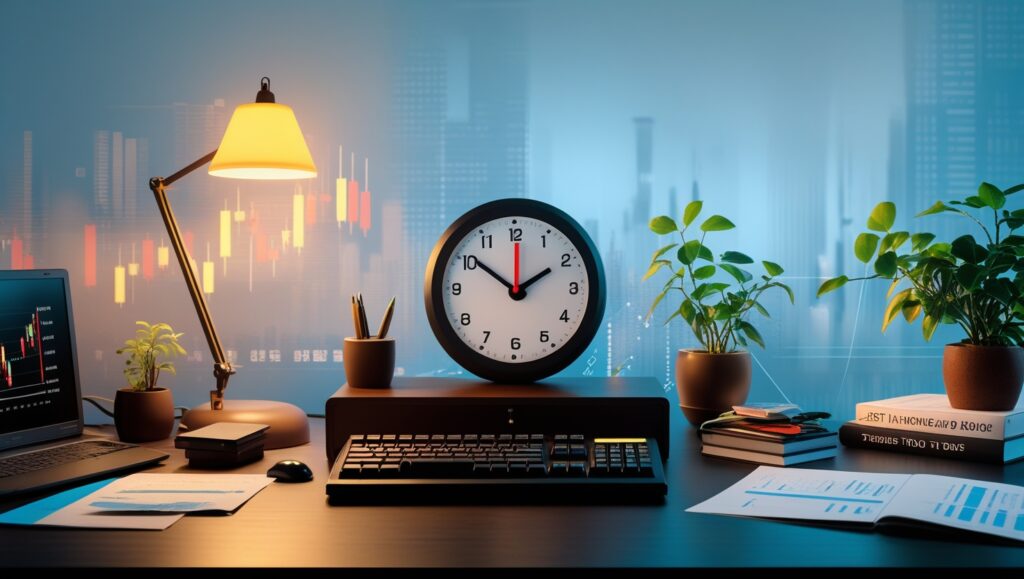
Table of Contents
Pre-Market Prep Is Everything
If you only have one hour, the key is to prepare before the market opens. Every morning, I build a tight watchlist of 5–6 stocks that are already showing momentum. I look at:
- Pre-market volume
- Fresh news catalysts
- Clear levels of support and resistance
This means I’m not scrambling at the open — I know what I’m watching, what price levels matter, and what I want to see before I enter.
Focus on High-Probability Setups
With limited time, you can’t afford to trade everything. I only enter trades that match my clean setups — no guessing, no chasing. I use price action, volume, and key levels to guide my entries. No indicators, no alerts from others, just what I’ve tested and trust.
Avoid Overcomplication
One of the biggest mistakes new traders make is overloading their charts. You don’t need 20 indicators or a million news feeds. You need clarity. I use free tools, basic volume analysis, and candle behavior to decide when to strike. That’s it.
Stick to Liquid Stocks That Actually Move
If you only have one hour, don’t waste time on slow movers. I stick to high-volume stocks with news, preferably small to mid-cap names that have the potential to move 5–20% in a day. These are the types of plays where I can get in, take my profit, and be done before 10:30AM.
Have an Exit Plan Before You Enter
Before I click buy, I already know two things:
- Where I’m taking profit
- Where I’m cutting the trade if it goes against me
That one habit has saved me from emotional decisions and helped me become consistent, even when I only trade for an hour.
Protect Your Mental Energy
If you’re trying to grow a small account, discipline is your edge. Don’t waste mental energy watching every tick. Focus on your setups, manage your risk, and close the platform when your hour is done. You’ll avoid burnout and overtrading.
This Is the Routine I Use to Pay My Bills
I don’t trade all day. I don’t need to. My trading routine is built around real life — and that’s what makes it sustainable.
In my ebook, I show you how I created a system that lets me trade just one hour a day and still generate monthly income.
👉 Get it here
You Don’t Need More Time — You Need Better Focus
Don’t believe the myth that more screen time equals more profits. Some of the best traders I know only trade a small window of time each day. What matters is the quality of your preparation, your setups, and your discipline.
If you can give the market one focused hour — and stick to your plan — you’re already ahead of most.
I Focus Only on Clean Setups
When I only have an hour, I don’t waste time watching random stocks. I focus on clean, high-probability setups that are easy to spot and easy to manage. If the chart looks messy or the move isn’t clear, I skip it. Simplicity keeps me profitable.
News and Volume Are My Signals
I don’t have time to study indicators or wait for 3 different confirmations. Instead, I look for stocks with news catalysts and strong volume pre-market. Those two factors alone often tell me if something is worth watching when the bell rings.
I Always Prep the Night Before
Trading just one hour a day starts with what I do the night before. I build my watchlist, check upcoming earnings, and note support/resistance zones. So when I sit down to trade, I’m not guessing — I’m executing.
I Know My Best Time Window
For me, the first 15–30 minutes after the market opens is where the most opportunity lives. That’s where I focus. I don’t try to stretch into lunch hours or close. One focused hour beats six hours of confusion.
No FOMO Allowed
I used to get anxious thinking I was missing out by trading so little. But now I realize that trading less helps me win more. FOMO is one of the biggest killers of small accounts — and I’ve learned how to stay in my lane.
I Only Trade What I Understand
I’m not scanning for every hot name out there. I’ve narrowed it down to a handful of stocks I understand, and that move with volume. Familiarity helps me react faster and make better decisions during that one hour.
Risk Management Becomes Even More Important
When I trade for a short period, I don’t have the luxury of waiting for reversals or adding on dips. I keep my stops tight and size small. That way, even if I’m wrong, it never ruins my day or my week.
I Track Everything
With limited screen time, I need to know what’s working. So I journal every trade — the reason, the setup, the result. Over time, this helped me refine my routine and become more consistent. Data builds confidence.
I Don’t Overthink Entries
In my one-hour window, I already know where I want to enter. If the price hits my level and confirms with volume, I’m in. If not, I walk away. Overthinking leads to hesitation, and hesitation leads to losses.
Pre-Market Clues Save Me Time
Every morning, I review pre-market gappers. These often give me a clear idea of where the action will be. I look for unusual volume spikes, breaking news, or big price jumps. That saves me time once the market opens.
I Let My Strategy Do the Work
I don’t improvise anymore. I follow my setup: wait for the open, spot the move, take the trade, protect profits. That’s it. When you have limited time, discipline becomes your biggest asset.
I Explain All of This in My Ebook
If you’re trying to figure out how to trade with a busy life, you don’t need to guess. I laid out exactly how I trade and how I pay my bills each month using a simple, focused routine — no indicators needed.

Stay ahead in the stock market! Subscribe to our newsletter and receive exclusive stock flow reports, trading insights, and actionable tips directly in your inbox. Join thousands of traders who get our updates first.

